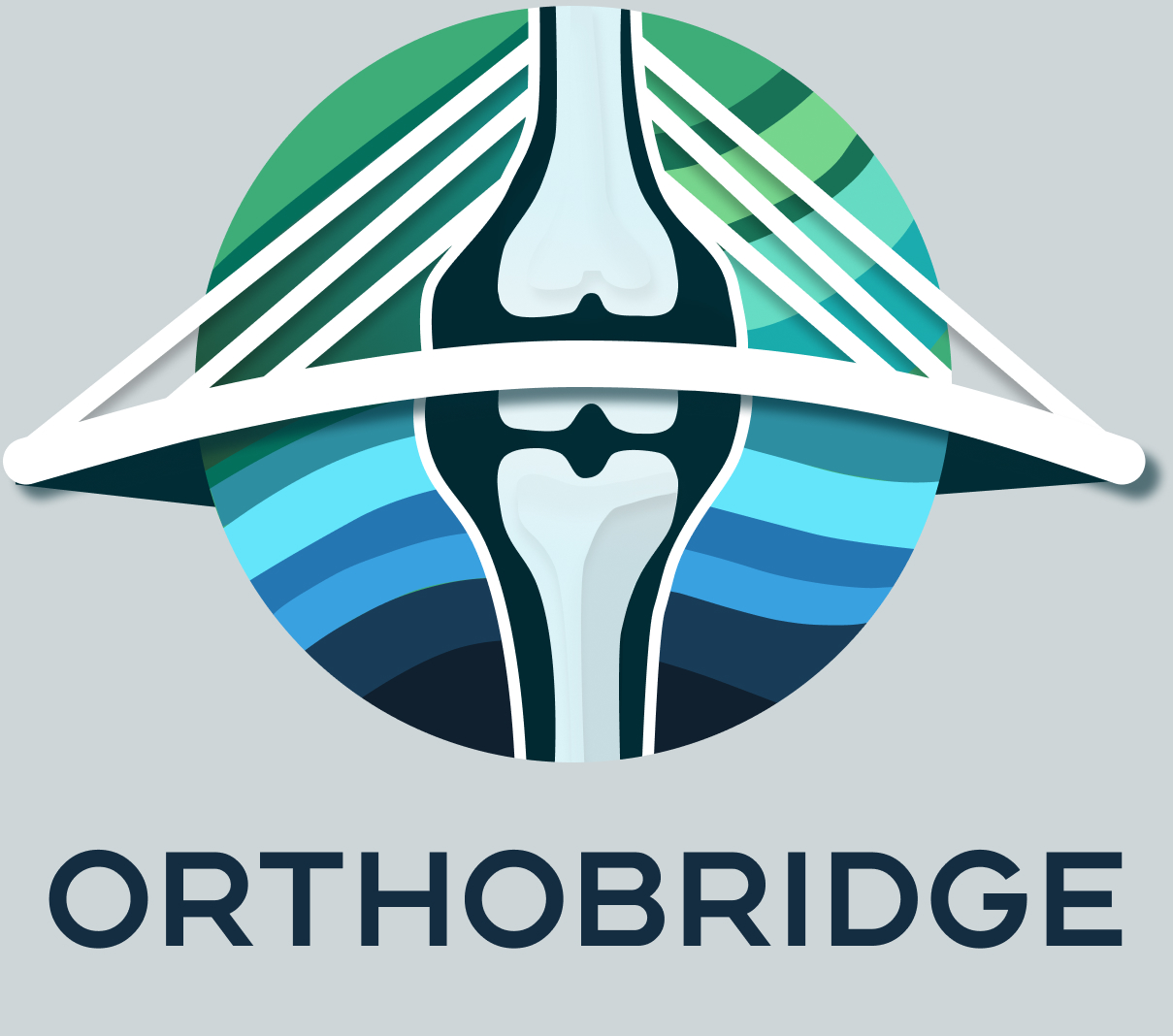Tendinitis
Learn more about some common Tendinitis here we treat at Orthobridge Orthopedic Centre.
Tendinitis Treatment in Kenya.
A tendon is tissue that attaches muscle to the bone. It is flexible, tough and fibrous and it can withstand tension. A ligament extends from bone to bone at a joint, while a tendon extends from muscle to bone.
Tendons and muscles work together and exert a pulling force. Tendons and ligaments are tough and fibrous, but they are known as soft tissue, because they are soft compared with bone.
If the sheath around the tendon becomes inflamed, rather than the tendon itself, the condition is called tenosynovitis. Tendinitis and tenosynovitis can occur together.

Types: Different types of tendinitis affect different parts of the body.
Achilles tendinitis
The Achilles tendon is between the heel and the calf muscle. Achilles tendinitis is a common sports injury. It may also be caused by shoes that fit badly or do not properly support the foot. It is more likely among patients with rheumatoid arthritis.
Supraspinatus tendinitis
With supraspinatus tendinitis, the tendon around the top of the shoulder joint becomes inflamed, causing pain when the arm is moved, especially upwards.
Some patients may find it painful to lie on the affected shoulder at night. If other tendons in the same area are also affected, the patient may have rotator cuff syndrome.
Tennis or golfer’s elbow
A common symptom of lateral epicondylitis, commonly known as tennis elbow, is pain on the outer side of the elbow. It may radiate down towards the wrist.
Medial epidondylitis or golfer’s elbow is pain on the inner side of the elbow, and it is more common among golfers. Pain is more acute when trying to lift against a force. The pain sometimes radiates down to the wrist.
De Quervain’s stenosing tenosynovitis
The sheath that surrounds the thumb tendons, between the thumb and wrist, becomes inflamed. With the thickened sheath and swelling in the area, it becomes painful to move the thumb.
Trigger finger or thumb
The finger or thumb clicks when straightened out. It becomes fixed in a bent position because the tendon sheath in the palm of the hand is thickened and inflamed and does not allow the tendon to move smoothly. Sometimes a nodule forms along the tendon.
Tendinitis of the wrist
This can affect badminton players and production line workers, who repeatedly use the same motion with their wrist. Tendinopathy is another type of injury that affects the wrist tendons. This is a degenerative condition rather than an inflammation.

It can be difficult to tell a broken bone from a dislocated bone. For either type of injury, get medical help right away. If possible, ice the joint and keep it immobile while you’re waiting to be seen.
Complications
Complications of a joint dislocation can include:
- Tearing of the muscles, ligaments and tendons that reinforce the injured joint
- Nerve or blood vessel damage in or around your joint
- Susceptibility to reinjury if you have a severe dislocation or repeated dislocations
- Development of arthritis in the affected joint as you age
Stretching or tearing of ligaments or tendons that support your injured joint or damage to nerves or blood vessels surrounding the joint might require surgery to repair these tissues.
Symptoms occur where the tendon attaches to a bone.
They usually include:
- pain which worsens on movement
- a feeling that the tendon is crackling or grating as it moves
- swelling, heat, and redness
- a lump may develop along the tendon
If there is a rupture, a gap may be felt in the line of the tendon, and movement will be difficult.
Symptoms may last from a few days to several weeks or months.
Diagnosis
A physician will ask about symptoms and carry out a physical examination. When the doctor attempts to move the tendon, a creaky sound may be heard. This happens because the tendon sheath has become thicker and inflamed. If there is tenderness at one specific point in the tendon, this can indicate tendinitis.
If the problem does not go away with rest, ice, and over-the-counter (OTC) medications, the doctor may recommend some tests. An x-ray can show up calcium deposits around the tendon, which may help confirm a diagnosis. Other imaging tests, such as ultrasound or MRI, may reveal swelling of the tendon sheath.


Treatment
Treatment aims to relieve pain and reduce inflammation.
In many cases, the following will be enough:
- resting the joint
- hot and cold treatment
- pain relievers such as ibuprofen, available over-the-counter (OTC) or online.
- splinting of the affected joint

